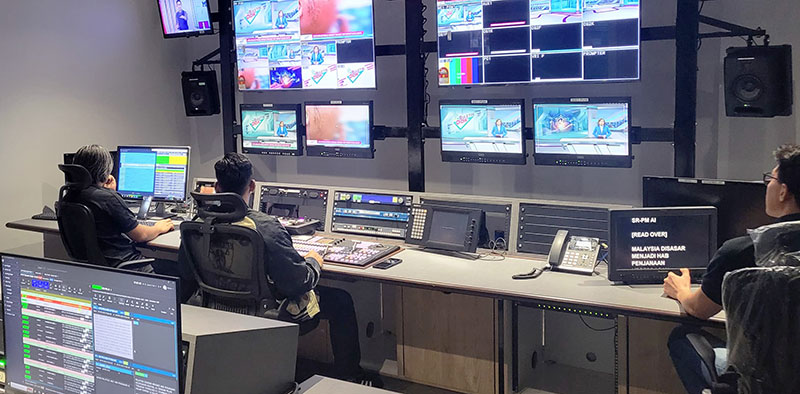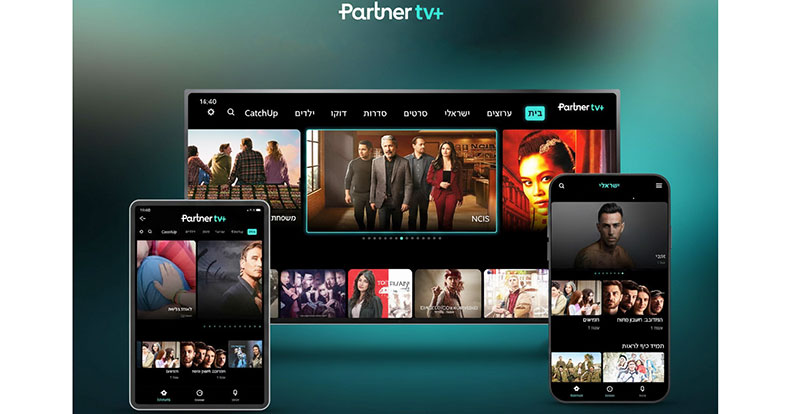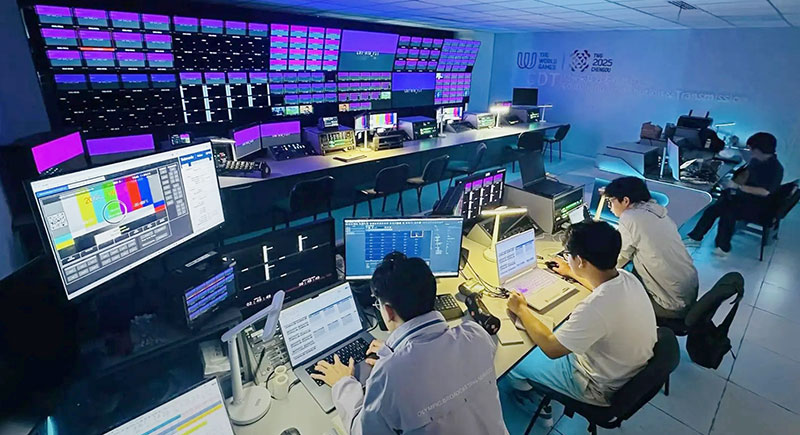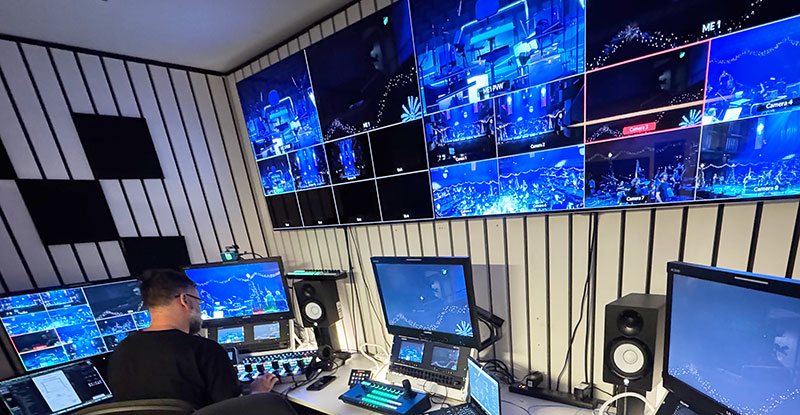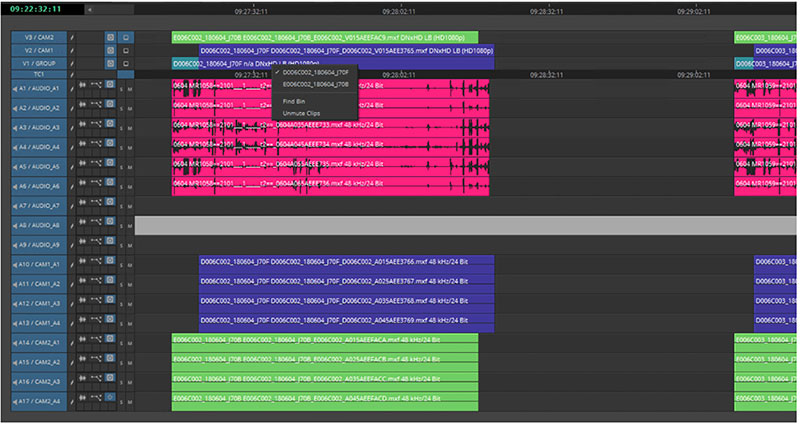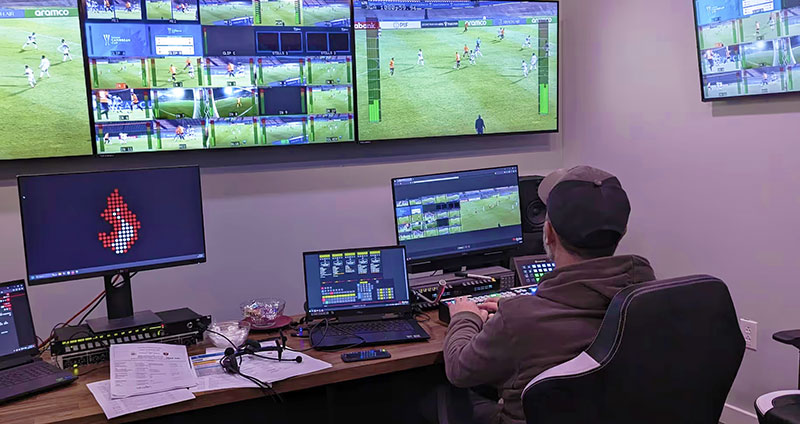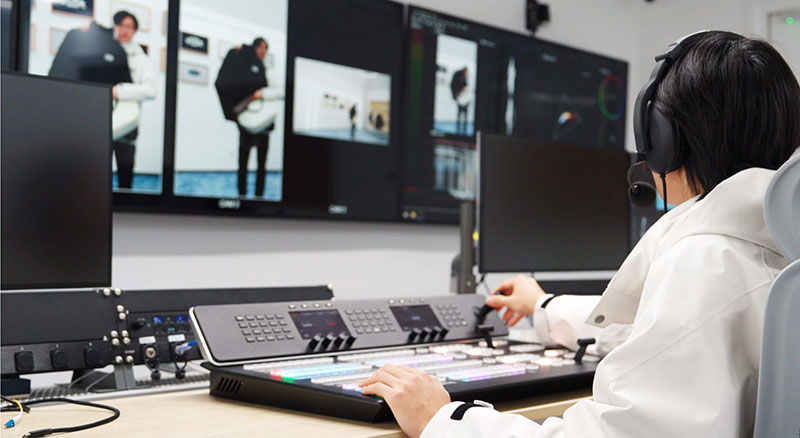At NAB 2025, TAG showed how its Realtime Media Platform simplifies workflows, preserves video quality across workflows and addresses issues from security to HDR to live production.

At NAB 2025, TAG Video Systems showed new developments in its Realtime Media Platform, simplifying complex workflows, preserve video quality across workflows and addressing and addressing issues from security to HDR to live production.
In particular, TAG previewed QC Station, a system designed to enhance video quality control across live production and distribution environments. QC Station integrates QC Elements, a set of tools for real time, deep analysis of video streams to support monitoring of video quality in real time, validating of content integrity, and compliance with industry standards.
QC Station includes scope-like functionality addressing luminance, chrominance, colour volume and HDR content, which affect the consistency of video quality across broadcast enginerrs’ operations. These capabilities, available directly within TAG’s Media Control System [MCS], can simplify troubleshooting to resolve quality issues faster.
User Management to Increase Security
TAG has enhanced its Advanced User Management functionality with Access Groups and Role-Based Access Control to increase security of user access management. Implementing role-based permissions limits access to sensitive systems and tools to authorized personnel only. As well as security, it can help promote efficiency and reduce human error.
Access Groups simplifies user access management by grouping MCS features, settings and resources, which means that administrators can tailor permissions based on specific responsibilities. This feature becomes especially useful in large-scale operations, assisting with compliance issues and audits while improving access control and system security.
End-to-End Stream Comparison
As well as QC Station and Advanced User Management, TAG’s Realtime Media Platform was demonstrated with Content Matching Technology, which focusses on content integrity and troubleshooting. It detects similar content across two different streams, aiming for correct, uninterrupted delivery to the intended destination. A unique fingerprint is created for each video frame and audio envelope. The fingerprints can be matched throughout the complete media distribution path against a user-defined reference point.

Workflows become simpler and less reliant on manual intervention, allowing a company to deliver quality content with fewer resources and more confidence. For instance, users can compare distribution methods or alternative paths, or measure and validate A/V alignment and audio channel drift at any point in the workflow. Accuracy can be assured regardless of the resolution, bitrate or framerate, enabling valid comparisons even after content has been processed and manipulated.
HDR Quality Assurance, Rocky Linux Support
Other interesting new features for the Realtime Media Platform shown at NAB were expanded visualization and quality assessment tools for HDR signals. These allow broadcasters and content creators to monitor in realtime as they use HDR to boost picture quality and immersive viewing experiences.
The Media Control System now supports the Rocky Linux operating system as well. While other forms of Linux are recognised for versatility in cloud and web environments, Rocky Linux serves as a stable, secure platform for enterprise applications, and is widely compatible.
Ultimately the purpose of the TAG Realtime Media Platform is to ensure quality at scale. TAG’s systems integrate real time diagnostics, quality measurement and error detection so that issues can be addressed proactively before they affect viewer experience.
With support for cloud, hybrid and on-premises workflows, the platform is used for monitoring and visualisation across all major media formats and standards, enabling continuous broadcast operations and content integrity from live production to playout, OTT or traditional delivery. The ability to monitor live streams, validate encoding parameters and verify compliance means broadcasters can maintain high standards of video quality. tagvs.com




